NOAA
National Oceanic and Atmospheric Administration
PROJECT #1: New profiling GTD for ship’s CTD
Title: Profiling Sensor Map N2 Gas Production in OMZs
PI: Craig McNeil/Eric D’Asaro/Mark Altabet (UMass Dartmouth)
Source: National Oceanic and Atmospheric Administration (NOAA)
Amount: $265,000
Period: 1 September 2016 to 27 August 2018

ABSTRACT – Oxygen Minimum Zones (OMZs) play important roles in regulating the ocean’s global carbon and nitrogen cycles. In these functionally anoxic waters, denitrifying and anammox microbes remove nitrogenous nutrients from the biosphere by transformation to biologically unavailable nitrogen gas (N2). We are developing a new in situ profiling sensor to detect this ‘excess’ N2 in OMZ regions in order to quantify these N-loss processes. The new sensor incorporates recent but reliable and proven technical advances in membrane and pressure sensor technologies. Compared to existing, slow response sensors, the new sensor will have low production cost and can easily be added to any ship’s rosette CTD. Our near-term goal is to demonstrate the sensor on research vessels and begin to collect high quality excess N2 data in OMZs to document baseline excess N2 inventories over the next 3 years. Our long term goal is to determine if excess N2 inventories in OMZs are increasing as a result of ocean deoxygenation on decadal time scales. We expect the new sensor will be easily adapted for use on other profiling platforms (AUVs, ROVs, winched profilers, etc.) and be used more widely to study air-sea gas flux and net community metabolism.
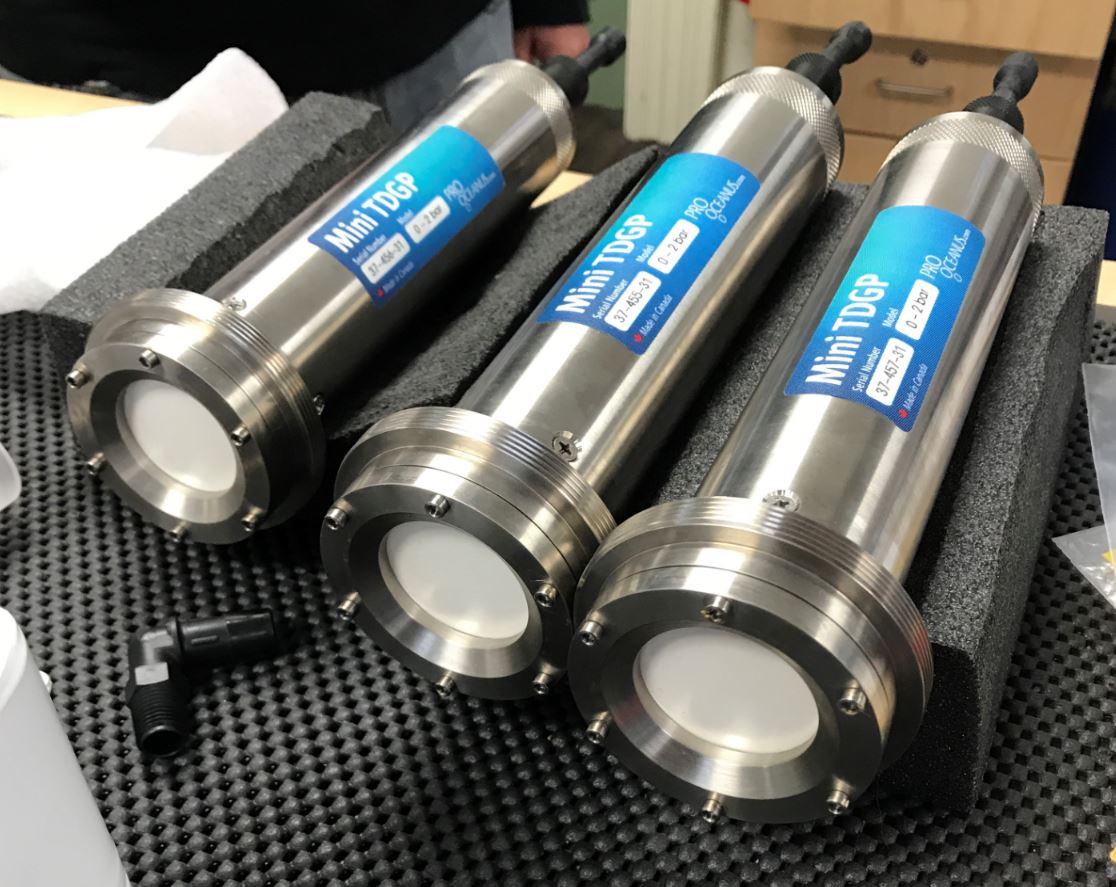
Three new titanium GTDs fabricated for this project.
Hood Canal experiment
We tested the new sensors during an experiment conducted in Hood Canal during 15-18 August, 2017. The sensors were mounted on the RV Robertson’s CTD and profiled to 150m depth. We also measured dissolved oxygen by Winkler titrations and dissolved N2/At by mass spectrometry. These test data will also serve as pre-cruise calibrations for our first open ocean deployment of the sensors in the Eastern Tropical North Pacific (ETNP) oxygen minimum zone during Fall 2017. Some pictures taken during the Hood Canal experiment are shown below:
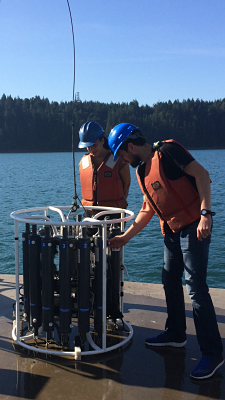
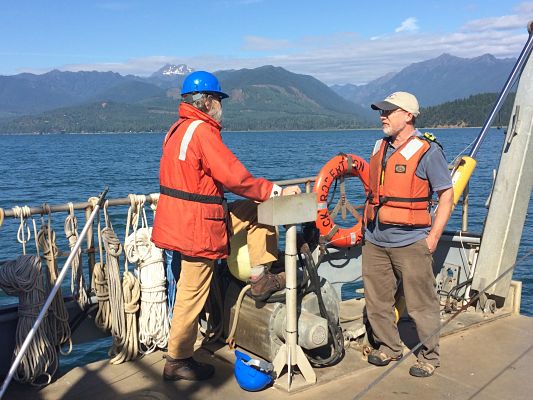
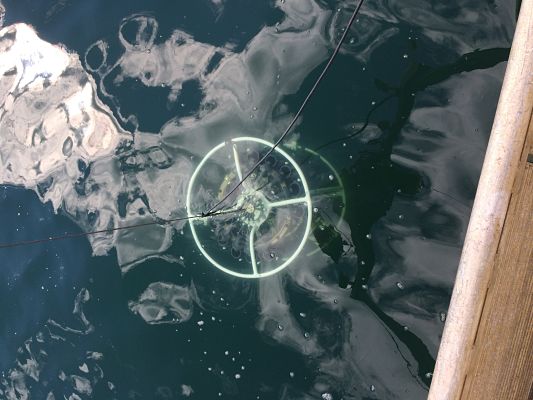
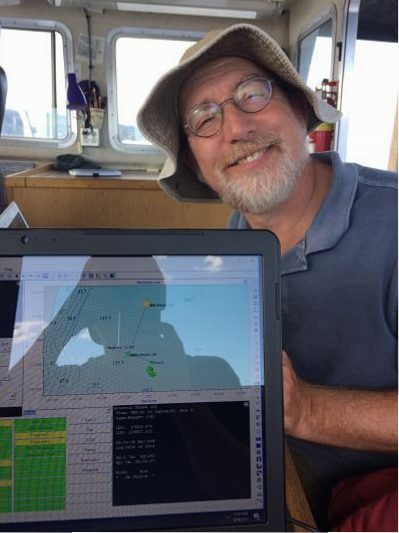
Password Protected Information

